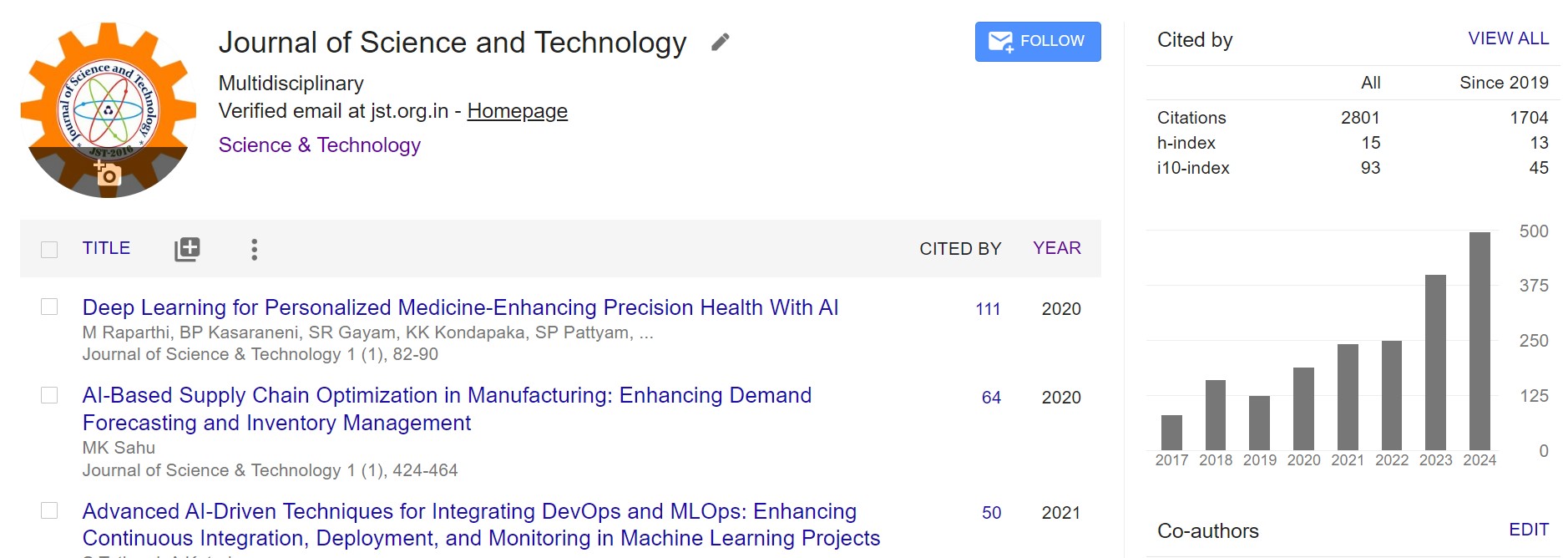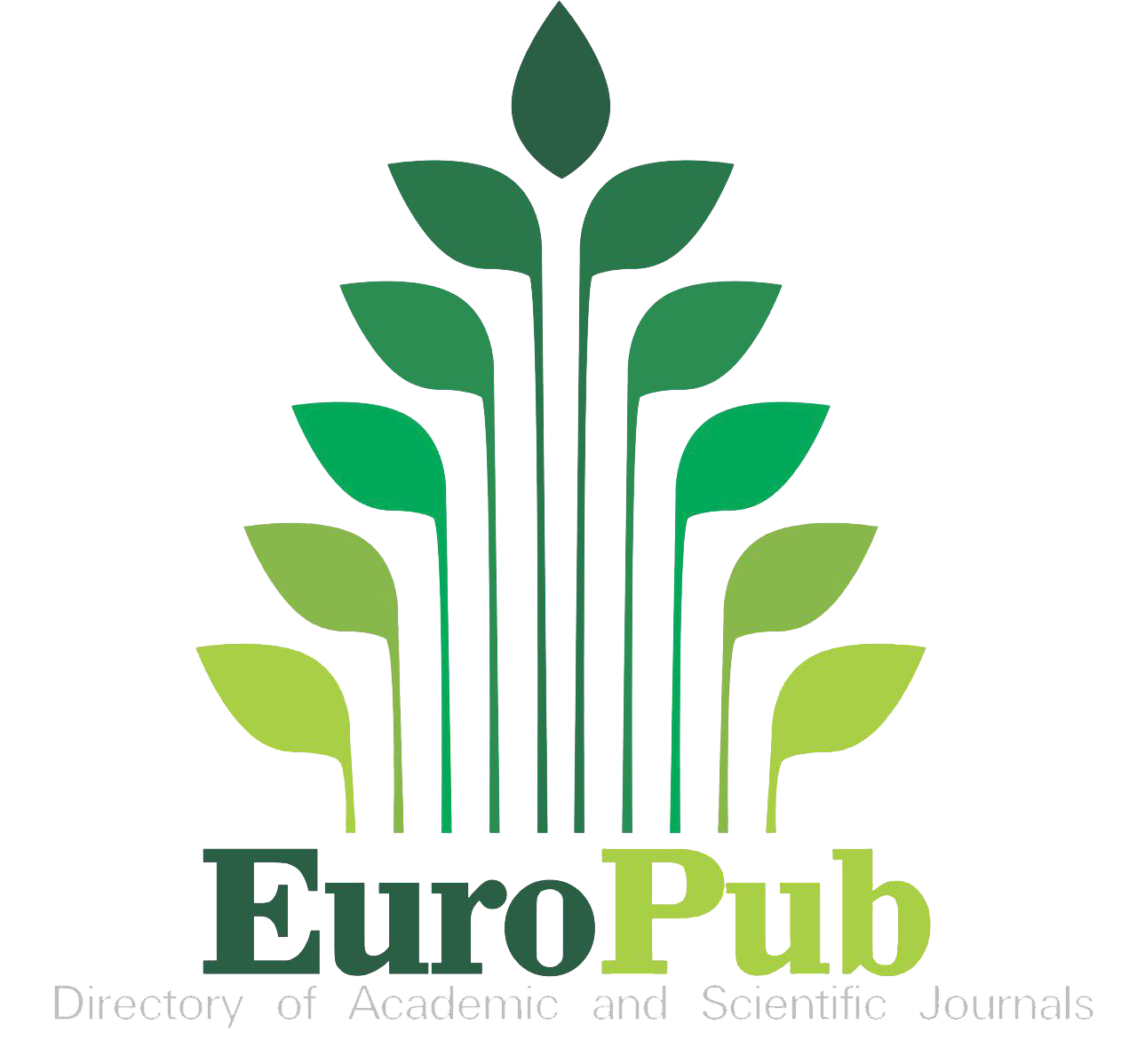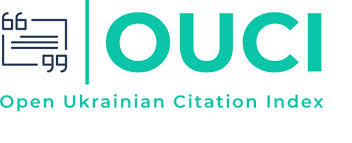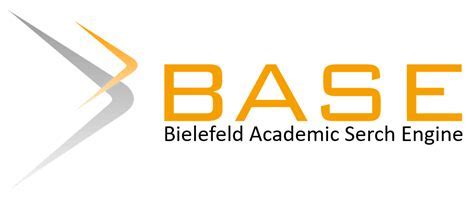Ethical Challenges and Bias in AI Decision-Making Systems
DOI:
https://doi.org/10.46243/jst.2025.v10.i01.pp26-38Keywords:
Ethical Challenges,, Bias in AI, AI Decision-Making,, Fairness, Transparency,, Accountability, Discrimination and Diverse Data Sets.Abstract
The focus of this paper is an examination of the ethical dilemmas and biases present in decision-making
systems within the field of AI focusing on their implications for fairness, transparency, and accountability. Just
as AI becomes imbued into various sectors such as health, finance, policing, or hiring, the concern for the
potential bias in outcomes and discrimination has gained much more traction. The historical data that underlie
the training of the AI systems are essentially reflective of the social biases that exist in society now. These misuses
make a cycle out of the discrimination and augmenting it. Mostly, we must understand how biases pallor explicit
or itself impute in AI algorithms and consequences to the communities suffering the most, that is, race, gender,
and socio-economic status. The paper also enquires into the ethical dilemmas resulting from the application
possibility of inflicting non-intentional harm. It highlights additional issues surrounding AI transparency
because many of them are "black boxes" regarding which understanding how the decisions were made is
difficult. Some recommendations for potential solutions are also provided, which include the need for more
regulation, creating more diverse data sets, implementing greater transparency in algorithms, and bringing in
interdisciplinary teams during the AI development process to curb bias and improve fairness. Addressing these
ethical challenges will secure the successful application of AI systems for society in a fair way in a way that does
not encourage harmful bias or discrimination.


























